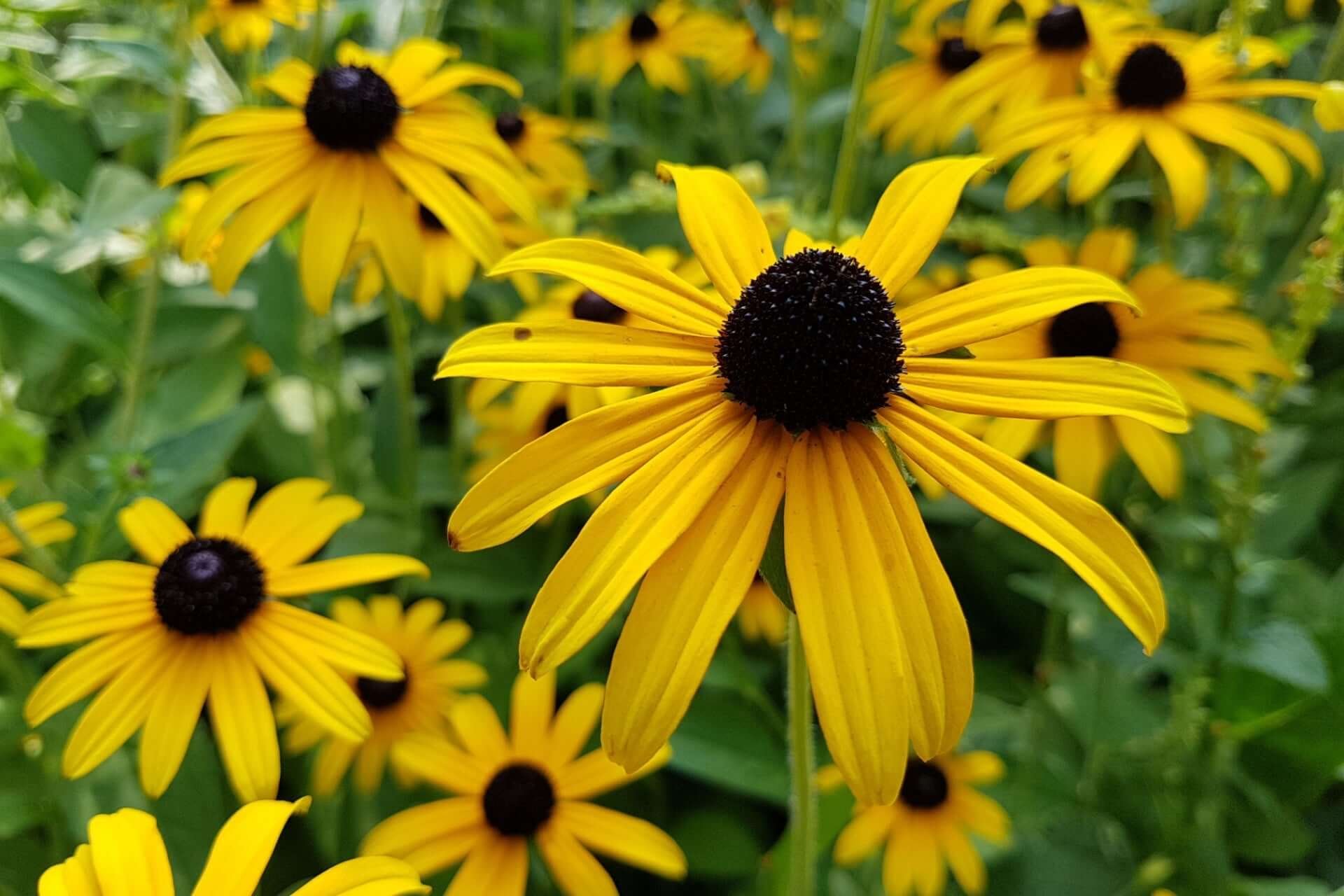Phlox is a delightful plant that has captured the attention of gardeners worldwide for its vibrant color palette, delicate petals, and fragrant charm. While perennial phlox often takes the spotlight, the annual variety is equally captivating and offers unique benefits for those looking to add color to their garden beds. Yearly phlox is ideal for gardeners seeking a fast-growing, consistent bloomer with months of beauty.
Is there an annual phlox?
Yes, there is an annual phlox, commonly referred to as Phlox drummondii. This variety differs from its perennial counterparts in that it completes its life cycle in a single growing season. The annual phlox is known for its stunningly bright blooms, which can be pink, red, purple, white, and even bicolor. Because it proliferates, it's perfect for filling spaces in garden beds, borders, or containers where you want a splash of color for a single season.
The plant is native to Texas and was named after the Scottish botanist Thomas Drummond, who collected seeds during his travels in the 19th century. Since then, it has gained popularity in gardens worldwide, thanks to its hardiness and wide array of hues. Its versatility allows it to thrive in different settings, making it a favorite among beginner and experienced gardeners.
The plant's bushy habit, typically reaching around 12-18 inches tall, makes it an excellent filler for spaces that need a pop of bright, summery color. While it doesn't survive frosts, its short-lived nature ensures you'll enjoy an uninterrupted display of blossoms throughout the growing season. Annual phlox also attracts pollinators.
Is there a phlox that blooms all summer?
Annual phlox, in particular, is a reliable summer bloomer. This vibrant plant can bloom from late spring until the first frost with proper care. While perennial varieties of phlox may bloom for a shorter period, annual phlox is loved for its long-lasting display of flowers. Deadheading flowers is essential to ensure blooms continue all summer. It encourages the plant to make more blossoms rather than focusing energy on seed production.

One of the reasons gardeners adore annual phlox is its continuous blooming habit. Unlike many other annuals that may falter as the summer heat sets in, annual phlox thrives in warm weather as long as it receives consistent watering. It prefers well-drained soil, and while it's somewhat drought-tolerant, keeping the soil moderately moist will help prolong its blooming period. The plant will reward you with a stunning show from early summer to fall with routine care, including regular watering and deadheading.
The plant's tendency to keep producing flowers makes it an ideal addition to mixed borders, cottage gardens, and even hanging baskets or window boxes. The annual phlox creates a dazzling summer display that draws attention when paired with other summer bloomers like zinnias, cosmos, or marigolds.
What is the best month to plant phlox?
The best time to plant annual phlox largely depends on your local climate, but a general rule is to plant after the last frost in spring. In most regions, this falls around April or May. Planting early in the growing season gives the phlox plenty of time to establish roots and bloom before the hottest summer months. Ensuring the soil has warmed enough to encourage healthy growth is essential, as the seeds and young plants won't thrive in cold, wet conditions.
If you're growing them from seed, you can start them indoors. This gives them a head start, and once transplanted outdoors, they'll be ready to bloom sooner. When planting directly in the ground, sow them in a sunny spot. While phlox can tolerate partial shade, full sun produces the most robust plants and abundant blooms.
When transplanting seedlings, space them about 6-12 inches apart for proper air circulation. This reduces the risk of disease, particularly powdery mildew, which phlox can be susceptible to in humid environments. Additionally, giving the plants room to grow encourages bushier growth, leading to more blooms throughout the season.
Does annual phlox reseed itself?
Although annual phlox is not a perennial plant, it can reseed under favorable conditions. In ideal situations, seeds from spent flowers will naturally fall to the ground and germinate the following spring, providing you with new plants without the need to replant. However, the extent to which annual phlox reseeds depends on several factors, such as soil conditions, climate, and whether the plants were allowed to seed.
Deadheading, while helpful in extending the blooming period, prevents the plant from producing seeds. Therefore, if you want your annual phlox to reseed, you can leave some of the final flowers of the season intact to allow seed production. Remember that in colder climates, reseeding may not be as reliable, as seeds may not survive a harsh winter. However, in milder climates, annual phlox can return year after year, sometimes even spreading to different parts of your garden.
If you prefer a more controlled garden, you can collect the seeds yourself at the end of the season. Let the blooms dry on the plant, then gather the seeds and hold them in a cool, dry place until it's time to plant them the following spring. This ensures you'll have phlox blooming again without relying on nature to do the work.
Whether you allow the plant to reseed or collect seeds manually, annual phlox offers a charming addition to any garden. Its easy care, long blooming season, and variety of colors make it an excellent choice for creating a bright, vibrant garden with minimal effort. From its origins as a Texas wildflower to its status as a beloved garden staple, annual phlox continues to captivate gardeners everywhere.
Read more

Brown-eyed Susans provide a vibrant, easy-to-grow option for gardeners seeking cheerful, pollinator-friendly plants that return year after year. Their adaptability, resilience, and warm, golden hue...

Squirrel Corn may be small in stature, but it offers a quiet elegance and a solid connection to the natural landscapes of North America. Whether you're interested in its ornamental appeal or medici...


